
Symptoms of Loneliness, 2009
Pen, paper, scotch tape, correction fluid
28 1/2 X 39 3/8 inches
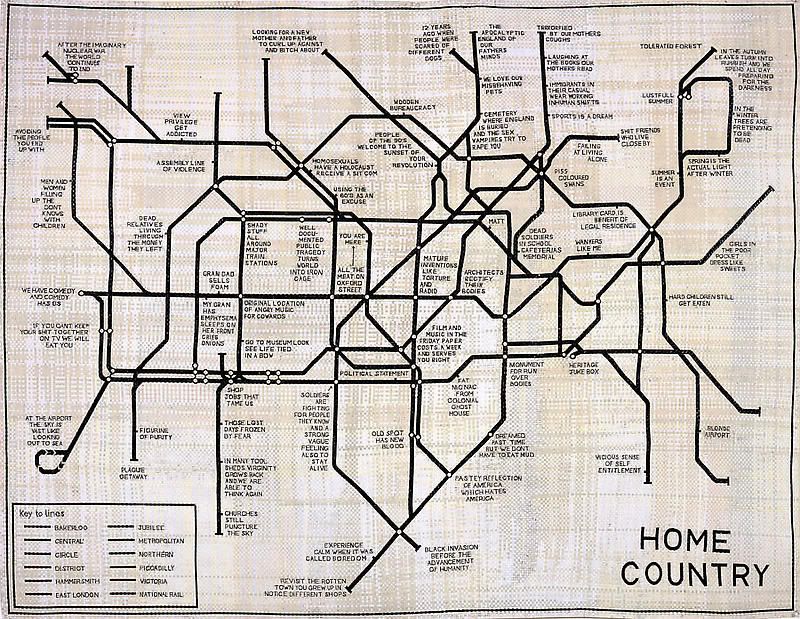
Home Country, 2008-9
Paper weaving
58 5/8 X 42 1/8 inches
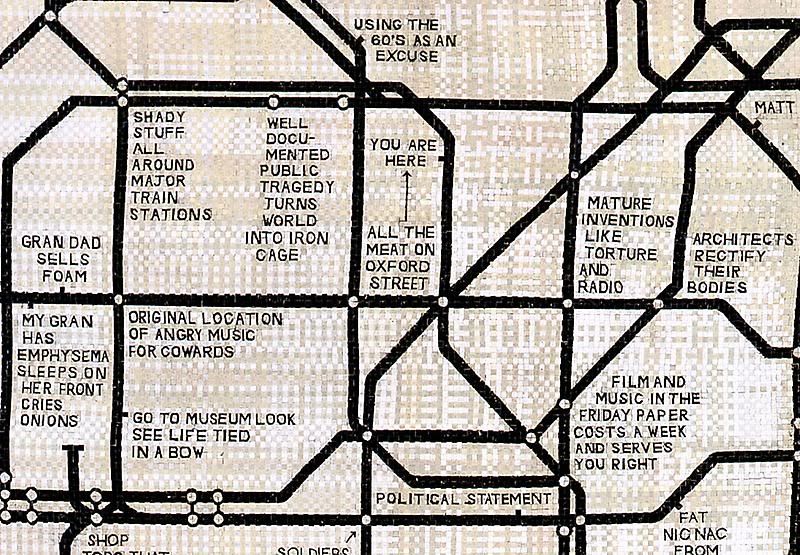
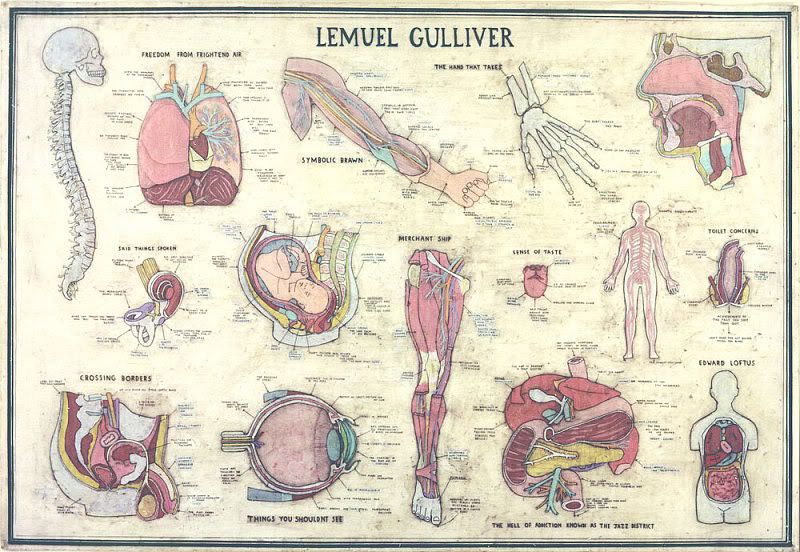
Lemuel Gulliver, 2004-5
Mixed media on paper
30.25 x 44 inches
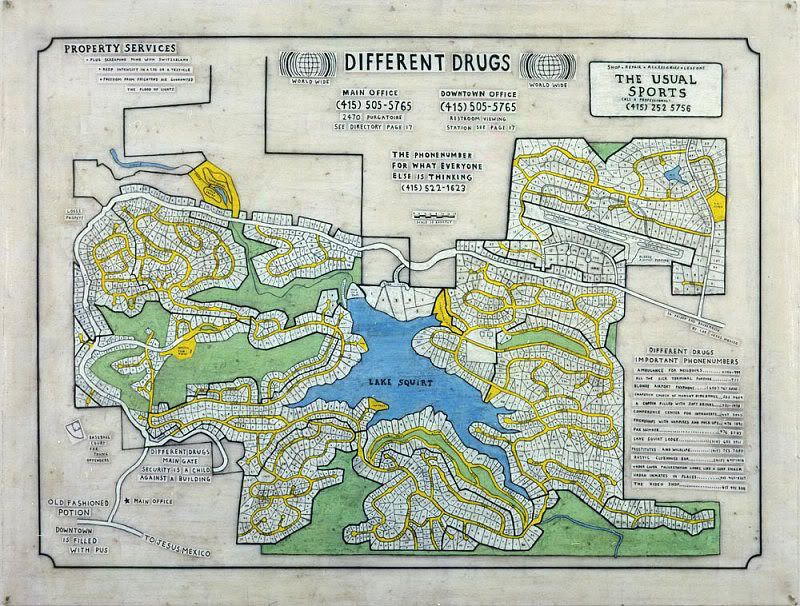
Different Drugs, 2004
Mixed media on paper
19.75 x 26 inches
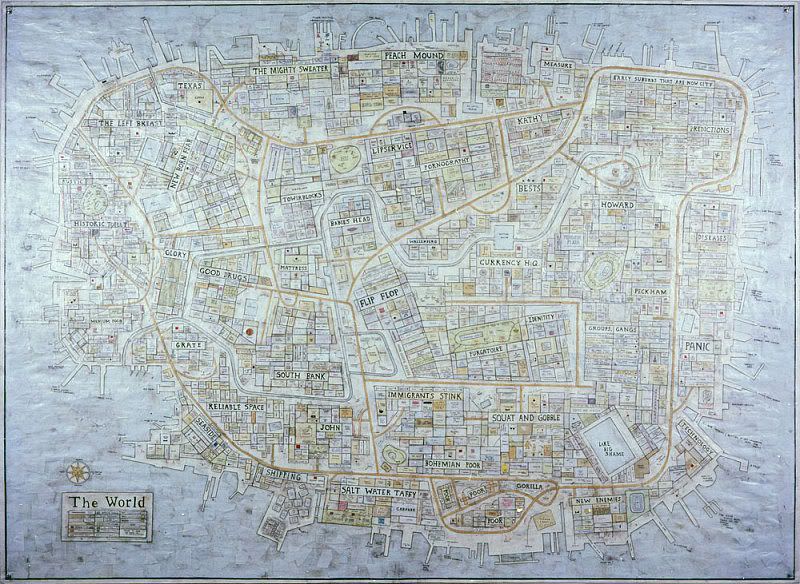
The World, 2003
Mixed media on paper
60 x 84 inches
Evans' work, though less abstract, reminds me of natural phenomena paintings of Paterson Ewen. (I came across Evans via but does it float). I wrote more about The Collected Works of T.S. Spivet here. Even the website somehow managed to move me. The novel is a thing of beauty not to be missed!
Carly Waito (one half of Coe and Waito, previously featured in magpie & whiskeyjack's post roccocco jellyfish) has been painting minerals. (I found this out both via dear ada and via sara titanic whose blog includes photos of Carly's process and who has written an article about her studio visit for Now magazine). I've been thinking about depicting minerals for a long time (you know, I am an earth scientist after all, and it is mystifying, though self-evident that crystals and gems are present in the zeitgeist, and they are perfect for the conceptual wunderkammer I am secretly gathering)... but while they make an unwiedly subject for a relief print Waito's delicate, precise, luminous portraits with their perfect imperfections are exactly what is called for. Enjoy!
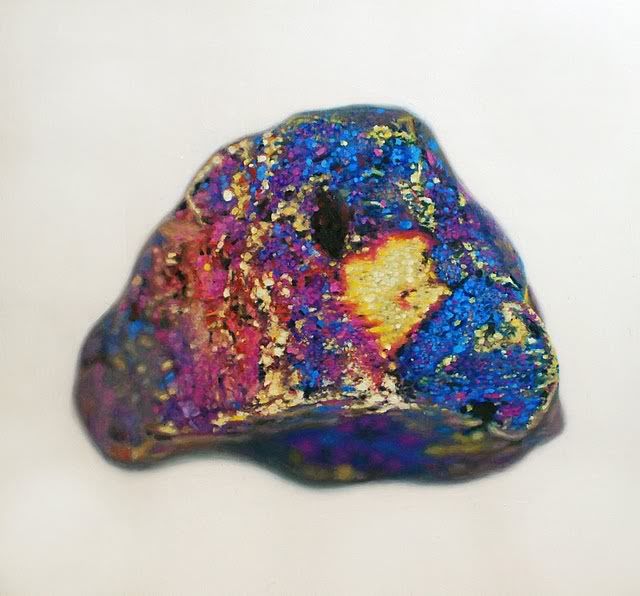
bornite ~ oil on masonite ~ 7" x 6.5" The common name of this mineral (for obvious reasons) is peacock ore.

Hessonite, Asbestos ~ oil on masonite ~ 6" x 6"
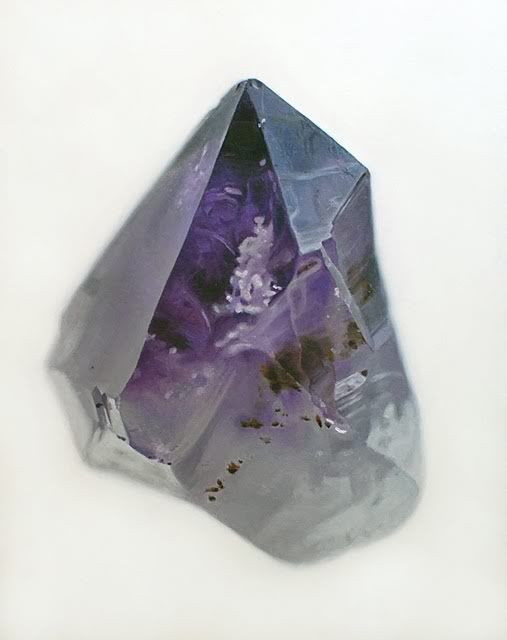
Amethyst 2 ~ oil on masonite ~ 5.5" x 7".
If you are in Toronto, you can see these paintings for yourself at the group show Little Crowns, at Narwhal. (If you aren't, note the dimensions - unlike Evans' maps, these portraits are small).
Scientific illustrator Cornelia Hesse-Honegger is a real-life artist-researcher whose artwork is science in and of itself. Her sensitive, beautiful watercolours of morphologically disturbed insects, including, for instance, those she has gathered in the fallout region surrounding Chernobyl both are portraits in the artistic sense and scientific evidence. She has also gathered and illustrated insects from other regions which may have radioactive contamination. There is something delightfully 19th century about gathering and illustrating specimens of insects, but as we persist in changing our environment, the insects themselves will change in turn, and require such careful descriptive art and science.
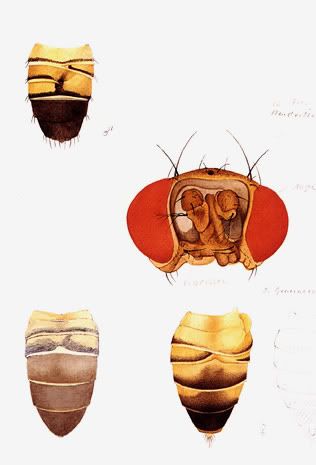
Drosophila melanogaster, head and abdomen
Head and abdomen are disturbed.
Watercolor, Zürich 1987 (specimen from Chernobyl)
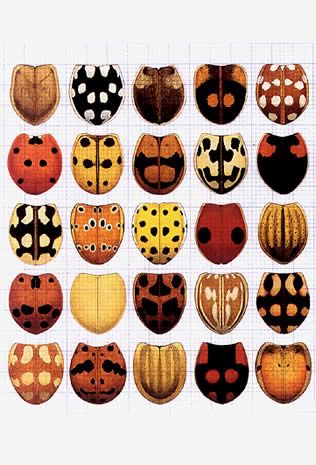
37 different Ladybird Beetles from Switzerland
Watercolor, 1976 - 1981
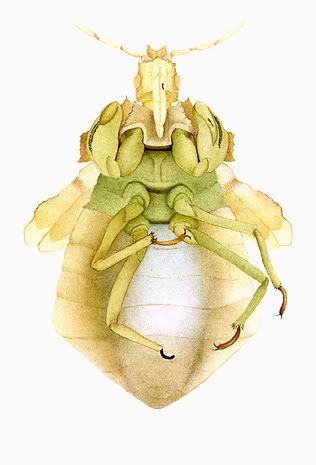
Ambush bug near Three Mile Island, USA
Ventral: the left side front foot is damaged; the right side one has a dark spot, as well as Watercolor, New Cumberland / Zürich 1991
Where fields intersect ideas clash, but the clash itself can be fruitful; never discount what fresh eyes can see.






No comments:
Post a Comment